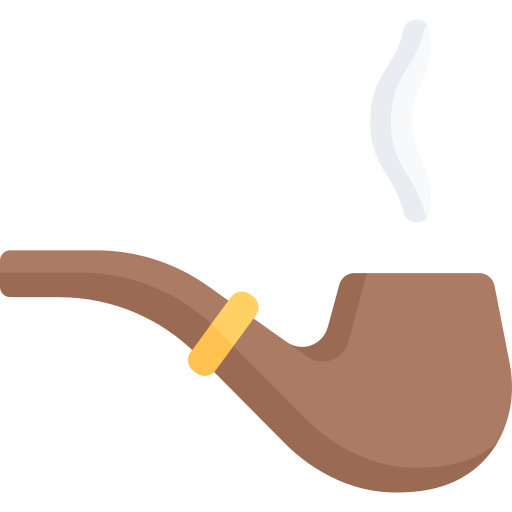A Society of Disparities
The Elizabethan era (1558-1603) was characterized by stark disparities in wealth and social standing. Amid the grandeur of the aristocracy and the flourishing merchant class, a significant portion of the population found themselves among the ranks of the poor. The challenges faced by the poor shed light on the complex interplay of poverty, charity, and social stratification.
The Struggles of the Impoverished
For many of the Elizabethan poor, life was marked by hardship, insecurity, and limited opportunities. The peasantry and laboring classes often lived in cramped conditions, struggling to make ends meet through agricultural labor or menial tasks. Urban centers saw an influx of displaced rural inhabitants seeking work and better prospects.
The Plight of Beggars
Beggars were a visible presence in Elizabethan society. They represented a diverse group, ranging from the genuinely destitute to those who chose begging as a form of livelihood. The image of beggars soliciting alms became deeply ingrained in the public consciousness, prompting discussions about the moral obligations of charity.
Welfare and Charity
Charitable efforts played a significant role in addressing the needs of the poor. The church, local parishes, and private individuals established systems of charity to provide relief to those in need. Almshouses, workhouses, and charitable organizations were established to offer food, shelter, and employment to the poor.
Stratified Charity
Charitable efforts, while well-intentioned, were often stratified according to societal hierarchies. Different classes of poor received varying levels of support, reflecting the prevailing beliefs about deserving and undeserving poverty. Widows, orphans, and the elderly were generally viewed as more deserving of assistance than able-bodied beggars.
Moral and Religious Dimensions
Charity and assistance to the poor were often rooted in moral and religious convictions. Religious teachings emphasized the importance of compassion and care for those less fortunate. Acts of charity were seen as virtuous acts that could lead to salvation, reinforcing the ties between religion and social welfare.
Charitable Dilemmas
The provision of charity raised complex moral and practical dilemmas. Concerns about fostering dependency, distinguishing genuine need from fraud, and managing limited resources were challenges faced by those responsible for distributing assistance. Balancing these concerns with the urgency of addressing poverty was a constant struggle.
Modern Reflections
The issues of poverty, welfare, and charity explored in the Elizabethan era continue to resonate in contemporary discussions about social welfare systems, poverty alleviation, and the responsibilities of society toward its most vulnerable members. The complexities of providing support while addressing systemic issues remain relevant.
Redefining Compassion
The experiences of the Elizabethan poor and the efforts to alleviate their suffering prompt us to redefine compassion in a stratified society. By examining historical approaches to charity and considering their modern counterparts, we gain insight into the evolving notions of social responsibility.
Conclusion
The plight of the Elizabethan poor underscores the challenges of poverty, charity, and social inequality. The presence of beggars and the efforts to provide welfare offer a window into the complexities of addressing poverty in a stratified society. By delving into these issues, we gain a deeper understanding of the era’s social fabric and the enduring quest for compassion and equity.


Ako sa v elizabetánskej dobe rozdeľovala charita medzi chudobných?
Charita bola rozdeľovaná podľa spoločenských hierarchií, pričom rôzne skupiny chudobných dostávali rôzne úrovne podpory.
Bolo spravodlivé, že niektorí chudobní boli považovaní za zaslúžilejších pri rozdeľovaní charity?
Táto prax odzrkadľuje vtedajšie spoločenské vnímanie zaslúžilosti, ktoré mohlo viesť k nevyváženému prístupu k poskytovaniu pomoci.
Mohla byť stratifikovaná charita v elizabetánskej dobe vnímaná ako systém udržiavania spoločenských rozdielov?
Áno, takýto prístup k charite mohol potenciálne posilňovať existujúce spoločenské rozdiely tým, že zvýhodňoval určité skupiny nad inými.